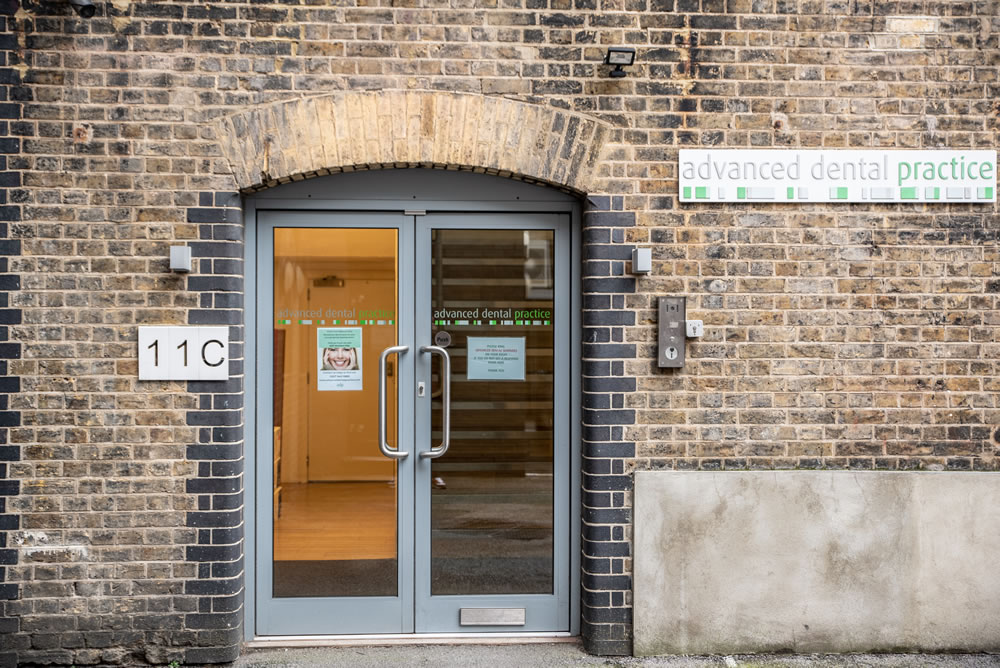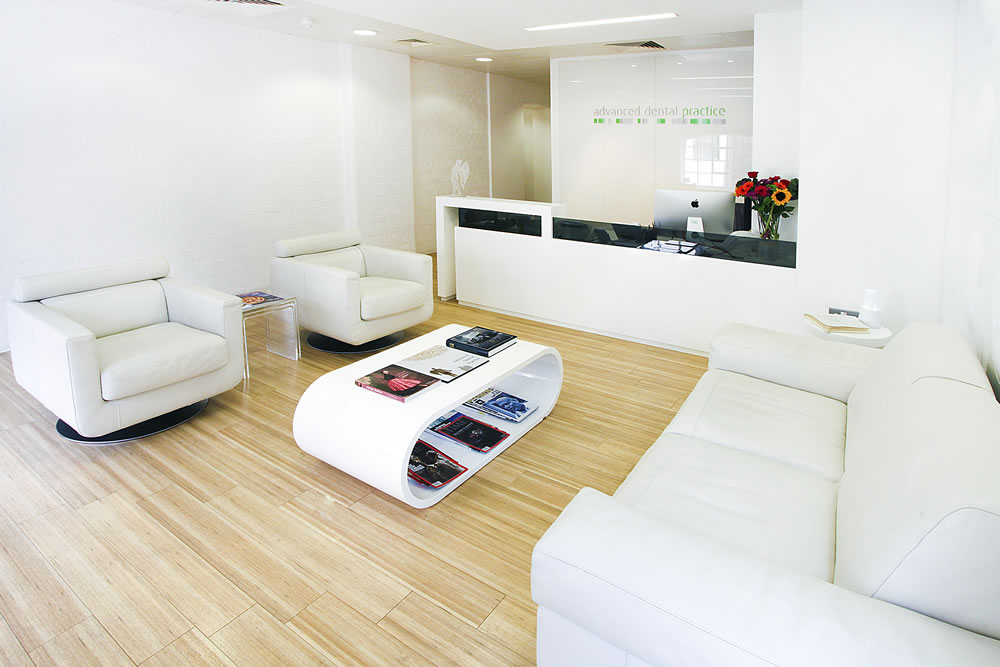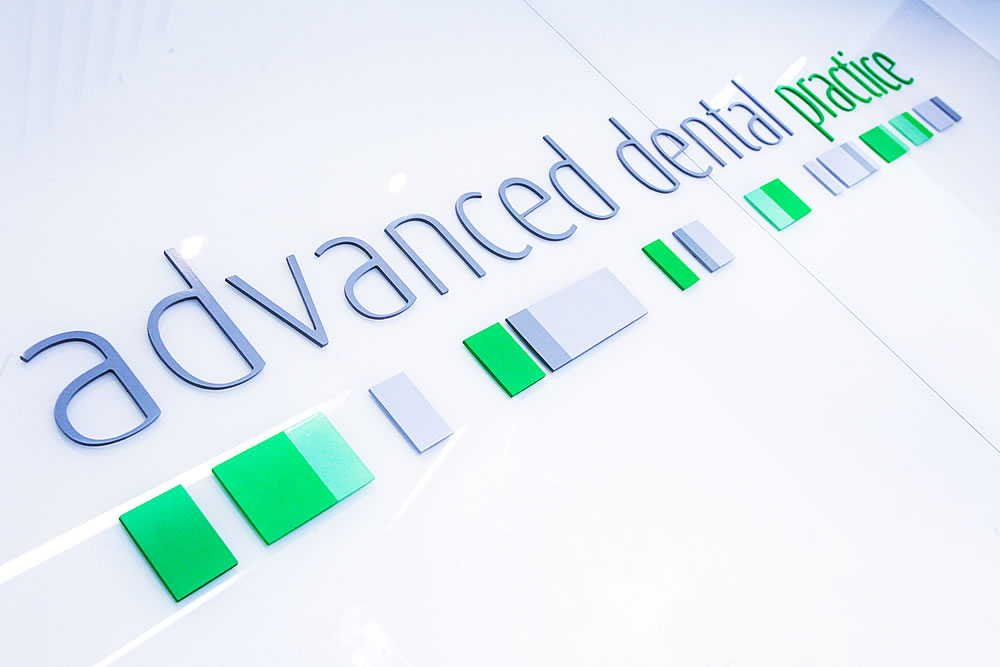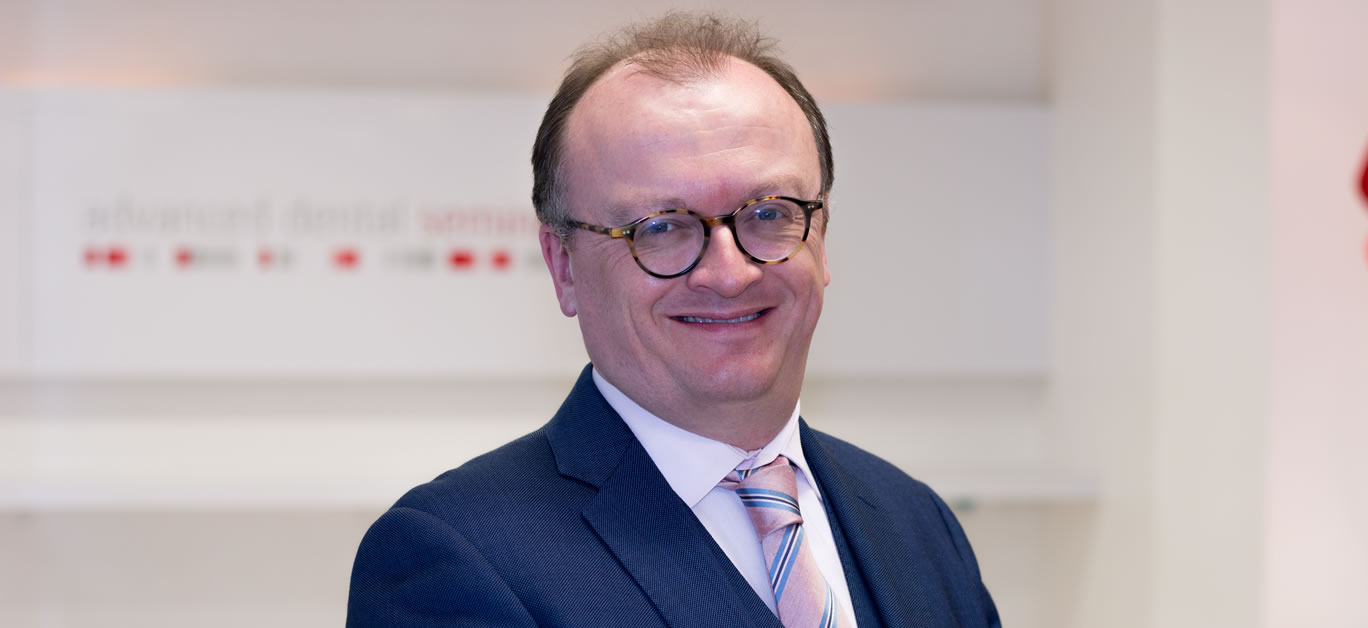We caught up with award-winning dentist Dr Christopher Orr from London’s Advanced Dental Practice, also known as the Bermondsey Smile.
What made you become a dentist?
At school, I was good at science subjects but not maths, ruling out engineering.
Much of my youth was spent making models and painting them, so I knew that I was good at working with my hands.
Medicine did not appeal to me, but dentistry seemed perfect and I am still happy with it!
You are known as the ‘dentist’s dentist’ and highly regarded in the industry – in your opinion what are the next big trends?
In our clinic we treat a lot of dentists and their families and it is a wonderful compliment to have which we do not take for granted.
Advances in material sciences have provided us with materials that are not only natural looking but can be applied very thinly to tooth surfaces that we can work in minimally invasive manner now and they also perform very well long term. This makes it much easier to provide treatment which is much kinder to the teeth than has been necessary in the past.
The next big things are likely to involve greater integration of digital technology into everyday practice. For example, the gooey impression materials are becoming a thing of the past as we can often take a digital scan of the mouth now. Patients can tolerate this much better and we can keep the information for them digitally for future use.
We will also see a greater integration with holistic medical care, treating the individual as part of a bigger team. We are already seeing the start of that with the increasing role of dentists in helping sleep physicians manage snoring and obstructive sleep apnoea.

Tell us about Advanced Dental Practice and what is the story behind #BermondseySmile?
Our motto is ‘Healthy mouths for life’.
Oral healthcare is an important part of our well-being and it is not so difficult to achieve with simple home routines – provided that the mouth is healthy to start with. We advocate an annual check-up with a dentist which includes oral cancer screening and 1-2 visits with the hygienist for keeping our mouths healthy. Healthy gums and teeth help us eat better and we feel more confident smiling – which has a huge impact on our self-confidence.
We moved to Bermondsey over 10 years ago and the street puts a happy smile on our face every day with its amazing array of independent shops, cinema, art galleries, cafes, bars and restaurants. It is a small village in the middle of central London! So, a while ago, we wondered what makes people of Bermondsey smile and started sharing their responses under the #BermondseySmile, in our Instagram account.
What is the best thing about your job?
I wear two hats professionally. One as a dentist and the other as a tutor, training dentists at our training facility attached to our practice. Job satisfaction comes from a simple, genuine “Thank you”.
It is very satisfying at the end of a treatment to have the patient say “thank you” and really mean it because they can eat, sleep better and smile confidently. Same feeling you have when you have that “Thank you” coming from your colleagues as you have made a difference in their everyday professional life.
It is very important to acknowledge that I am not doing my job on my own. I am part of an amazing team in both the dental practice and the training facility and they make me look good.

You have been head of judges for the annual Aesthetic Dentistry Awards for the last 12 years now. What can you tell us about it?
This is a wonderful celebration of our colleagues’ hard work for their patients in everyday dental practice. We celebrate their dedication and achievements in several categories in our profession which acknowledges the winners and encourages the rest to get better and better and be on the podium the following year.
Being judged by your peers is a daunting concept but at the same time it is very rewarding – especially when they win!
I head a panel of colleagues from different specialities in the profession to pick the winners in each category and host the evening during the awards ceremony.
Can you give your expert advice about tooth whitening? There are lots products and treatments out there – at home and in clinic… it is slightly overwhelming
Tooth whitening is one of the safest and most researched treatments available. The original form, available since 1988, where one wears trays loaded with whitening gel overnight for 3-4 weeks, is by far the most effective and economical. We have also found that it gives the longest-lasting improvement in tooth colour. The most common side-effect is some mild sensitivity during whitening. Severe sensitivity can usually be avoided by using gentle-strength whitening gels, which will bring the teeth to the same natural maximum whiteness as the stronger gels – just doing it more slowly and gently.

The gel needs to have a minimum percentage of the active ingredient that provides the whitening. Current UK law treats tooth whitening gel as a prescription medication and that prescription can only be given by a dentist so that the gel can be personalised according to the person’s specific requirements. This means that any ‘kits’ sold over the counter simply do not have the right ingredients to be effective, no matter how persuasive the packaging may be.
The law also restricts the strength of whitening gel that can be used by dentists – which means that the in-surgery whitening treatments that were available in the past are no longer effective.
I often get asked about the damage whitening causes to teeth. Research shows that 3-4 weeks of home whitening prescribed by a dentist causes the same amount of damage as drinking a single can of coke.
For people not wanting to sport traditional braces what other options are there to achieve straight teeth?
For suitable cases, we offer clear braces such as Invisalign. I have been using them since they first licensed it to general dental practitioners in the UK in 2003. We can also use lingual braces, which are attached to the back of your teeth to make them look as discrete as possible.
Having said that, braces fixed on the outside of your teeth can also be very discrete as we now have tooth coloured ceramic braces and the wire which moves the teeth can also be white, so no-one has to have metal ‘train tracks’ unless they prefer to!

What tips can you give us for everyday oral health care
Be mindful with your brushing!
Keeping the brush 2 minutes in your mouth is not going to help you if you do not brush all the surfaces. The front, back and chewing surfaces of teeth should be brushed as a routine followed by either dental floss or interproximal brushes to clean between the teeth.
Take your brush, electric or manual, to your next hygienist visit and ask them to show you how to achieve this routinely
Sip acidic drinks such as fruit juice and cola through a straw to minimise the damage done by the acid to your tooth enamel.
Finally, what is the most important thing we should be doing?
Smile! Life is much better when you smile!






















